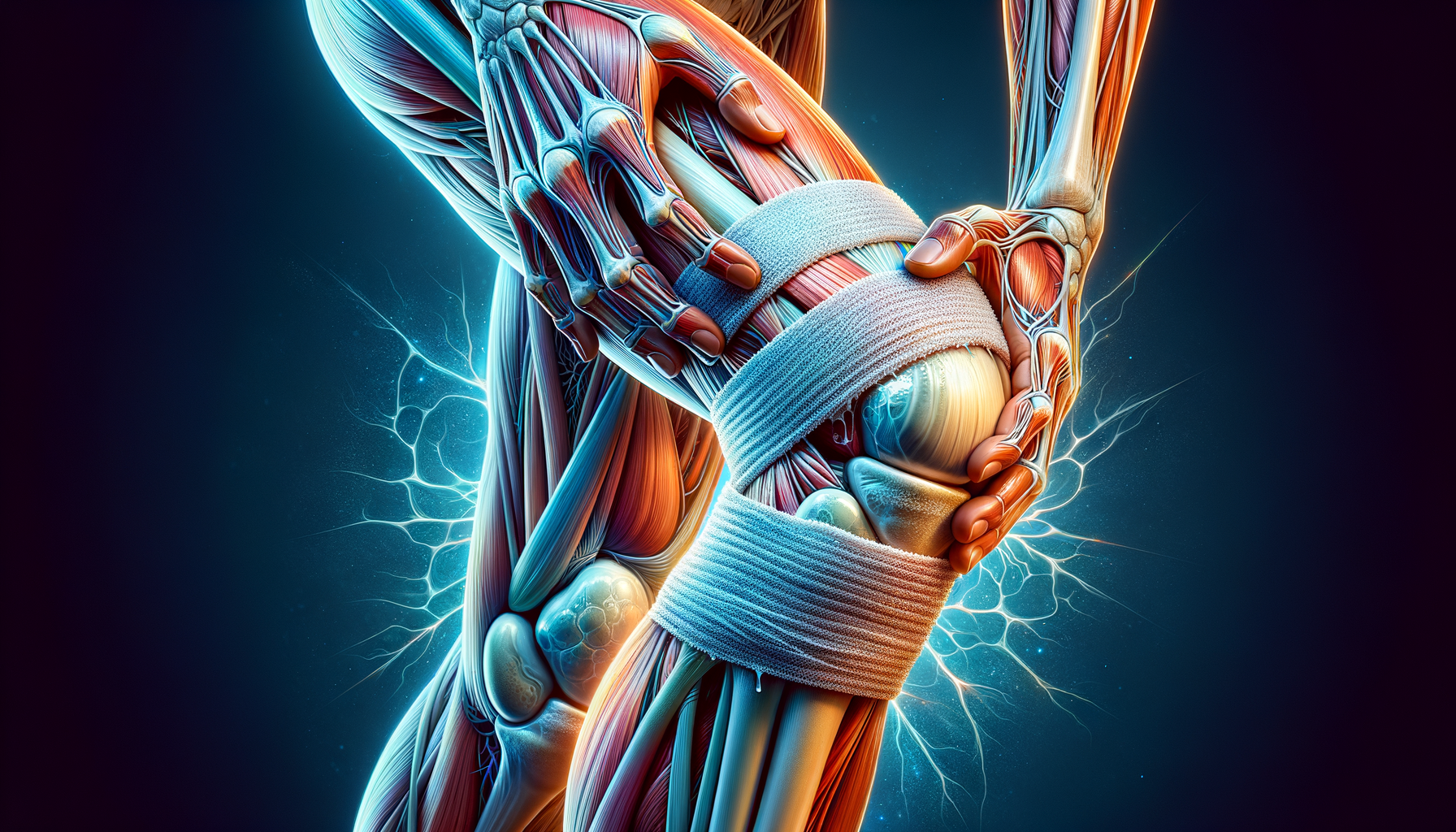
UK Residents Are Looking Beyond Medication for Knee Pain
Understanding the Causes of Knee Pain
Knee pain is a prevalent issue affecting individuals across various age groups. Understanding its causes is crucial for effective treatment and management. The knee joint, being one of the largest and most complex in the body, is susceptible to a range of injuries and conditions. Common causes of knee pain include osteoarthritis, tendinitis, bursitis, and ligament injuries. Osteoarthritis, for instance, is a degenerative joint disease characterized by the breakdown of cartilage, leading to pain and stiffness. Tendinitis is the inflammation of tendons, often resulting from overuse, while bursitis involves the inflammation of the bursa, a small fluid-filled sac that acts as a cushion between bones and soft tissues. Ligament injuries, such as anterior cruciate ligament (ACL) tears, are often sports-related and can cause significant discomfort and instability.
Understanding these causes helps in tailoring treatment options. For example, osteoarthritis might benefit from weight management and physical therapy, whereas ligament injuries may require surgical intervention. Identifying the root cause of knee pain is the first step towards effective management, allowing individuals to select appropriate therapies and lifestyle changes to alleviate discomfort and improve mobility.
Non-Surgical Treatment Options
For those experiencing knee pain, non-surgical treatments offer a range of options that can alleviate discomfort and improve quality of life. Physical therapy is a highly regarded approach, focusing on strengthening the muscles around the knee, enhancing flexibility, and improving overall joint function. Through targeted exercises, patients can reduce pain and prevent further injury.
Another effective non-surgical treatment is the use of orthotic devices. Knee braces and shoe inserts can provide additional support and alignment, reducing strain on the knee joint. Additionally, lifestyle modifications such as weight loss and activity adjustments play a significant role in managing knee pain. Maintaining a healthy weight reduces the pressure on the knees, while modifying activities can prevent overuse and injury.
Furthermore, alternative therapies such as acupuncture and massage therapy have gained popularity. Acupuncture, an ancient practice involving the insertion of thin needles into specific points on the body, is believed to stimulate nerves and muscles, potentially reducing pain. Massage therapy, on the other hand, can improve circulation and relax tense muscles, providing relief from chronic pain.
Innovative Approaches to Knee Pain Management
In recent years, innovative approaches to knee pain management have emerged, offering new hope for individuals seeking alternatives to traditional treatments. One such approach is regenerative medicine, which includes treatments like platelet-rich plasma (PRP) therapy and stem cell therapy. PRP therapy involves injecting a concentration of a patient’s own platelets into the knee, promoting healing and reducing inflammation. Stem cell therapy, on the other hand, uses stem cells to repair damaged tissue, potentially restoring function and reducing pain.
Another innovative method is the use of wearable technology. Devices such as smart knee braces and activity trackers provide real-time feedback on movement and stress levels, helping individuals monitor their condition and adjust activities accordingly. These technologies offer a personalized approach to pain management, empowering patients to take control of their health.
Additionally, virtual reality (VR) and augmented reality (AR) are being explored as tools for pain management and rehabilitation. VR can provide immersive environments for physical therapy exercises, making them more engaging and effective. AR, meanwhile, can offer real-time guidance and feedback during exercises, ensuring proper form and technique.
These innovative approaches highlight the evolving landscape of knee pain management, offering promising alternatives for those seeking relief beyond conventional methods.


